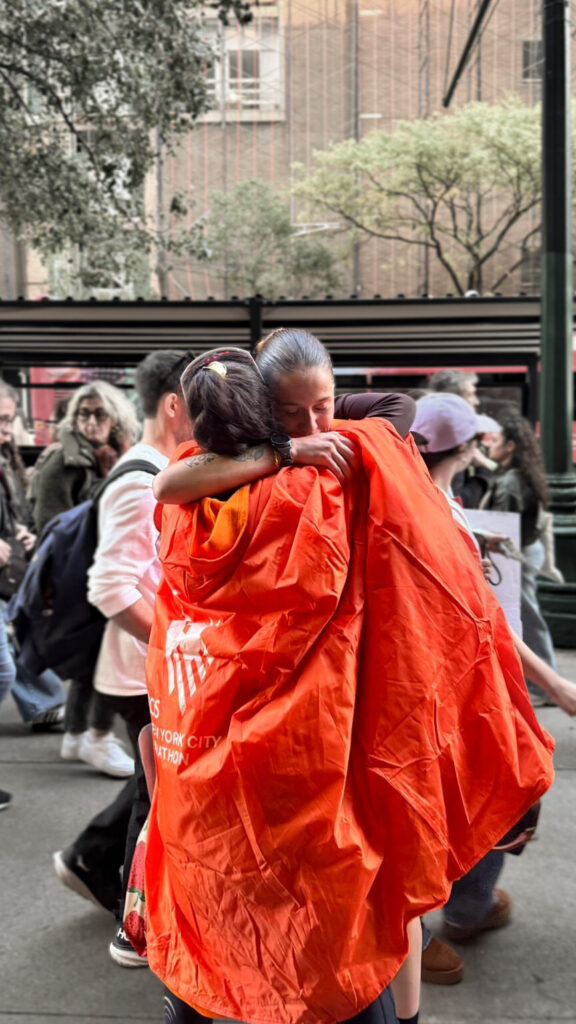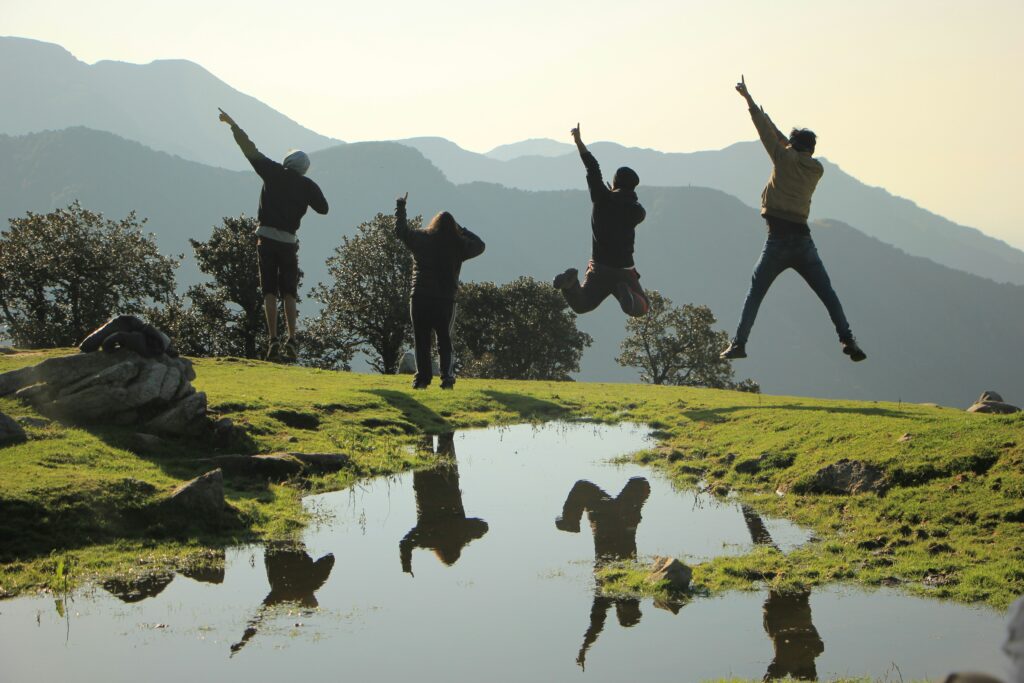Besides the 50 states, did you know that the U.S. has several foreign territories? Located in the Pacific Ocean and Caribbean Sea, these islands are defined as “insular areas,” which is a generic term used to describe a jurisdiction that is neither a part of one of the several States nor a Federal district. While similar, a “commonwealth” has a slightly more developed relationship to the U.S. than a “territory” does. Unlike the 50 states, U.S. territories do not have the same representation in Congress and do not have the same rights as states. While most of the current U.S. states began as territories and then were granted statehood, these current insular areas have faced significant opposition from the federal government towards this transition.
Yet despite their disputed political status, each of these territories is a unique island with beautiful natural scenery, diverse cultures, and a distinct history.
Guam – Guam first became a U.S. territory in 1898 when the U.S. won the island from Spain, and its residents have held U.S. citizenship since 1950. Then in 1962, when the U.S. Navy lifted the restrictions required to travel there, Guam started to grow as a vacation destination. Due to its long and multicultural history, there are many languages and cultures present on the island. American, European, Micronesian, and Asian cultures have all left an imprint on the 212 square mile island, since it has been a mid point between countries and continents. While English is spoken throughout Guam, one of the island’s main languages is Chamorro, which is unique to the Pacific Islands.
Coral reefs and deep channels surround Guam, and it is known for having incredibly clear water visibility, up to 150ft in depth! As such, it is a destination for divers and beach-goers alike. The southern half of the island is full of volcanic hills, which are perfect for hikers and nature lovers. If that’s not your style, Guam is also home to world-class resorts.
Northern Mariana Islands – The UN placed Northern Mariana Islands under the control of the U.S. in 1944 with the Trust Territory of the Pacific Islands (TTPI). Then in 1976 the Northern Marianas Islands chose to form a closer relationship with the United States and became a commonwealth, instead of selecting independence. Located north of Guam, the Commonwealth of the Northern Mariana Islands (CNMI) forms an archipelago of 14 islands, including Saipan, Tinian and Rota.
While the CNMIhosts a mix of cultures, due to it’s colonial history with Spain, Germany, and Japan as well as its current relationship with the U.S., the Northern Mariana Islands is home to two very important indigenous groups, the Chamorros and the Carolinians. These cultures are still celebrated today through island festivals and markets. If you are interested in the CNMI’s diverse history, a great place to check out is the Northern Marianas Islands Museum of History and Culture on Saipan, housed in an old Japanese hospital. There are also multiple monuments and sites dedicated the Islands’ World War II history, such as Banzai Cliff and the Last Command Post, a bunker that was used by the Japanese.
Palau, Courtesy of Time.com[/caption]
Palau– The Republic of Palau, or Palau, was taken from Japan by the United States during World War II in 1944. The United Nations TTPI granted the U.S. control of Palau in 1947. In 1978, instead of opting to become a member of the Federated States of Micronesia, Palau chose to receive independent status. Then in 1981, it became the Republic of Palau and signed a Compact of Free Association with the United States. This compact arranged that the U.S. would provide economic and financial assistance, defend Palau militarily, grant Palauan citizens uninhibited access to the U.S. In return, the U.S. was granted exclusive and unlimited access to Palau’s land and waterways.
Palau is made up of more than 250 islands, which makes it a destination for individuals seeking water activities like diving and snorkeling. One famous natural attraction is the Rock Islands. Consisting of approximated 200 limestone and coral formations jutting out from the ocean, the Rock Islands are covered in lush jungle and surrounded by water filled with reefs that sustain roughly 1,500 species of fish!
Marshall Islands – The Marshall Islands also came under the protection of the United States with the TTPI in 1944. In 1986, the Marshall Islands became independent, but they still hold a Compact of Free Association with the U.S. With this compact, as with Palau’s, the Marshall Islands are given financial and military assistance from the U.S. in exchange for America’s unlimited access to their land and waterways.
As part of this arrangement, the U.S. has established the Kwajalein Missile Range in the largest lagoon in the world, an area that has been used for missile testing for over 30 years. The islands of Bikini, Enewetak and Rongelap Atolls are former American nuclear test sites, and much of their indigenous populations were forced to relocate. In the 1980’s the local populations had to resettle elsewhere due to dangerous radiation levels. After uncovering the unlimited amount of nuclear radiation that was being released on these islands, the U.S. Congress terminated all nuclear testing in the Marshall Islands and established radiation protection standards that had been previously ignored by the Department of Energy. These issues are still not over today, as there is still a demand that the U.S. government provide subsidies and health care support to those who have been affected by unsafe nuclear testing.
Micronesia, Courtesy of divephotoguide.com[/caption]
Federated States of Micronesia – Another product of the TTPI, the Federated States of Micronesia came under U.S. control in 1947. These islands declared their independence in 1986, but hold a similar Compact of Free Association with the U.S., as do Palau, and the Marshall Islands. Consisting of 607 small islands in the Western Pacific, the Federated States of Micronesia occupy more than 1 million square miles of ocean.
Like many other U.S. territories, the Federated States of Micronesia offer ideal sites for divers. Surrounded by clear ocean with a water temperature of 81 degrees, there is plenty to see and explore under the waves. The Truk Lagoon is one famous diving site, as it is a major WWII shipwreck site. These sunken ships have now transformed into “shipreefs” and are home to a wide variety of sea life.
U.S. Virgin Islands – In 1917, the United States purchased the Danish half of the Virgin Islands chain and U.S. citizenship was conferred to Virgin Islanders in 1927. Located in the Caribbean Sea, three islands make up this territory: St. Thomas, St. Croix, and St. John. Tourism has been the main industry for the USVI ever since the United States issued its embargo on Cuba in 1959.
The U.S. Virgin Islands are famous for their annual Carnival celebrations. Each of the three islands hosts its own Carnival throughout the year, and they are highly anticipated. A festival celebrating Caribbean music, food, and dance, Carnival is much more than a long party. It is a cultural exposition and showcase for local artists and performers. The islanders take months to prepare for these weeklong events, making costumes and rehearsing for the parade performances.
American Samoa – American Samoa has been a territory of the United States since the signing of the April 17, 1900 Deed of Cession. The “matai”, or local chiefs, of the island Tutulia were the first to yield their island to the U.S. The island of Manu followed in 1904, and finally Swain Island joined the territory in 1925. Unlike other territories, the citizens of American Samoa are considered “U.S. nationals,” rather than U.S. citizens. Unfortunately, that still does not allow them to vote in federal elections.
Despite U.S. authority, native Samoan culture is still active on the islands, and local cultural institutions are still the strongest influences in American Samoa. Traditional Samoan society is based on a chieftain system of hereditary rank, which is called the “fa’a Somoan” way of life or “Samoan Way.” This system is based around the “aiga” or extended family, who have an allegiance to the matai. As a communal culture, about 90% of the land is owned by aiga. Land tenure laws prohibit ownership of these lands by any person whose blood is less than one-half Samoan.
Puerto Rico – Officially, the Commonwealth of Puerto Rico is an “unincorporated territory” of the United States. It has been under American control since the U.S. won the island from the Spanish during the Spanish-American War. Originally classified as a protectorate, in 1950, President Harry S. Truman signed Public Act 600, which allowed Puerto Ricans to draft their own constitution and established the Commonwealth of Puerto Rico. In recent years, there has been a debate emerging as to the future of Puerto Rico’s territorial status. On one hand, there are those who are currently pushing for Puerto Rican Statehood. Many people believe that if the U.S. ever decides to accept another state into the union, the Puerto Rico will be the 51st. However, there are also many who instead support Puerto Rico’s independence from the U.S.
Puerto Rico is a territory full of different immigrant populations. Spanish, German, Lebanese, French and other peoples have migrated to Puerto Rico over the past few centuries. Puerto Rico also is home to a large African community, due to the historic slave routes that went through the Caribbean and Americas. Most recently, Puerto Rico has seen the growth of a large Cuban immigrant population. Approximately 3.96 million people live in Puerto Rico, making it the most densely populated island in the world. Many Puerto Ricans, living both on the island and in the U.S., are currently pushing for Puerto Rican Statehood. Many people believe that if the U.S. ever decides to accept another state into the union, the Puerto Rico will be the 51st. However, there are also many who instead support Puerto Rico’s independence from the U.S.



